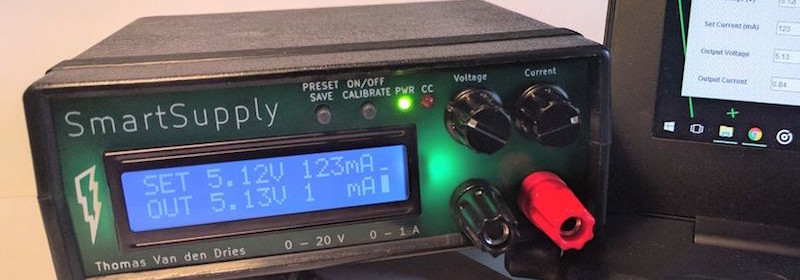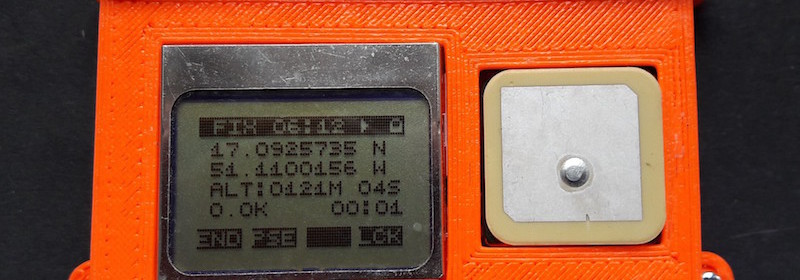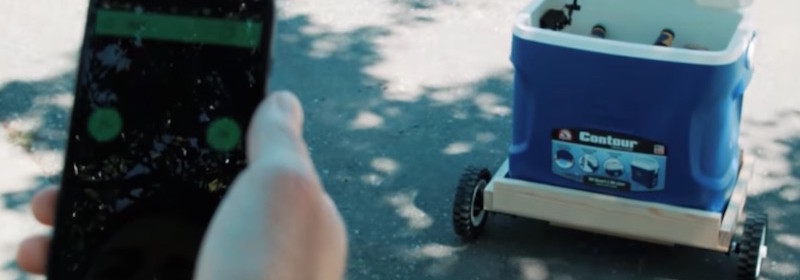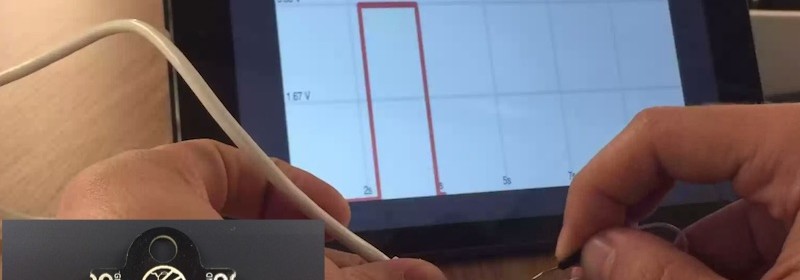Making a self-balancing robot using Arduino
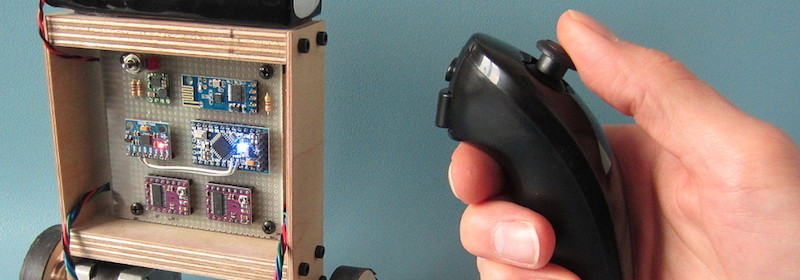
Two-wheel self-balancing robots are pretty cool and could be challenging to make for beginners. Joop Brokking describes the build process of his amazingly stable self-balancing robot in a video tutorial posted below. The robot uses two stepper motors for precise motion that is controlled by an Arduino board. The angular inclinations data are derived using a MPU6050 gyro/accelerometer. You can download the design files and firmware from Joop’s website. Joop’s YouTube video tutorial is posted below:
Read more